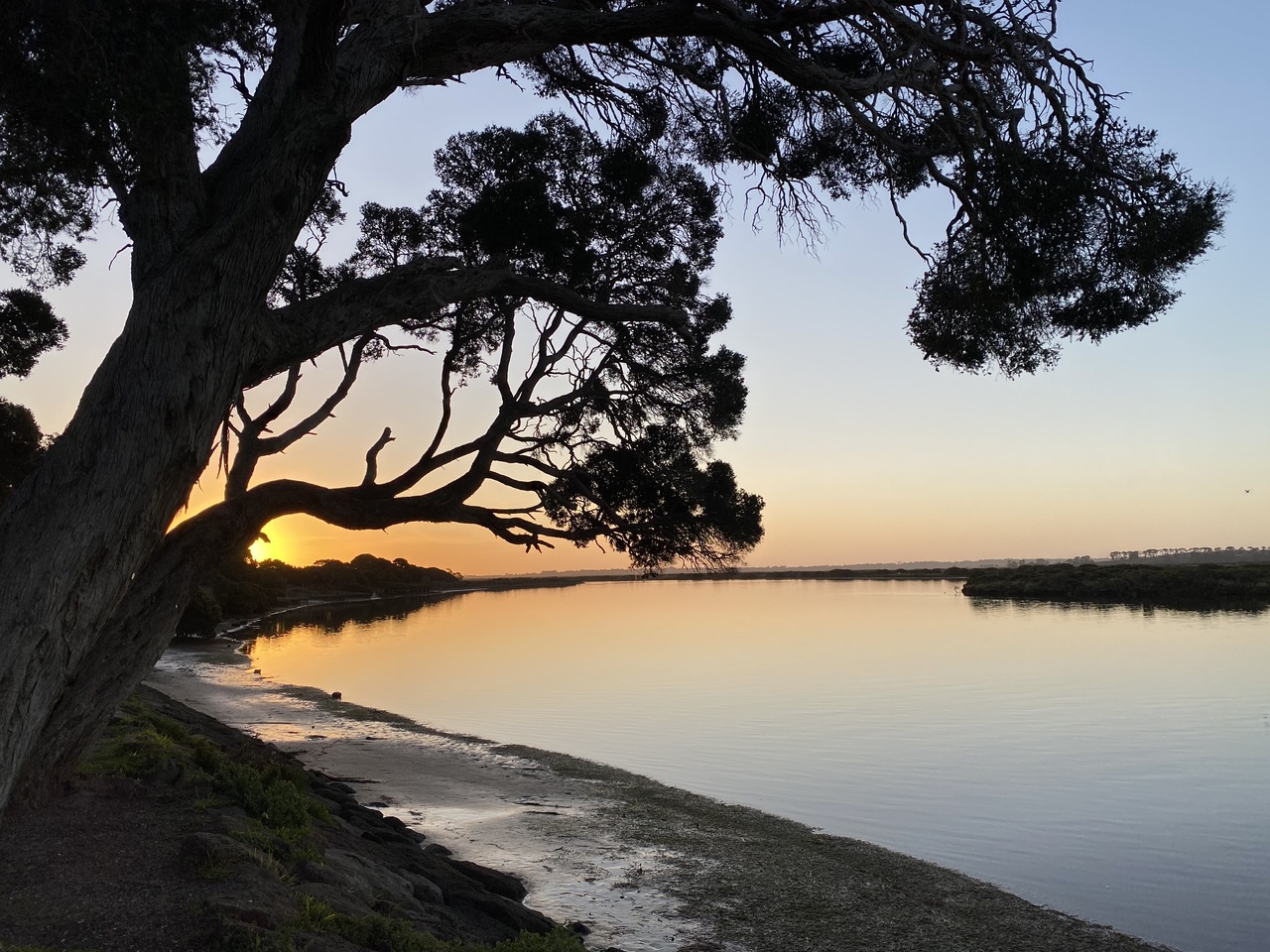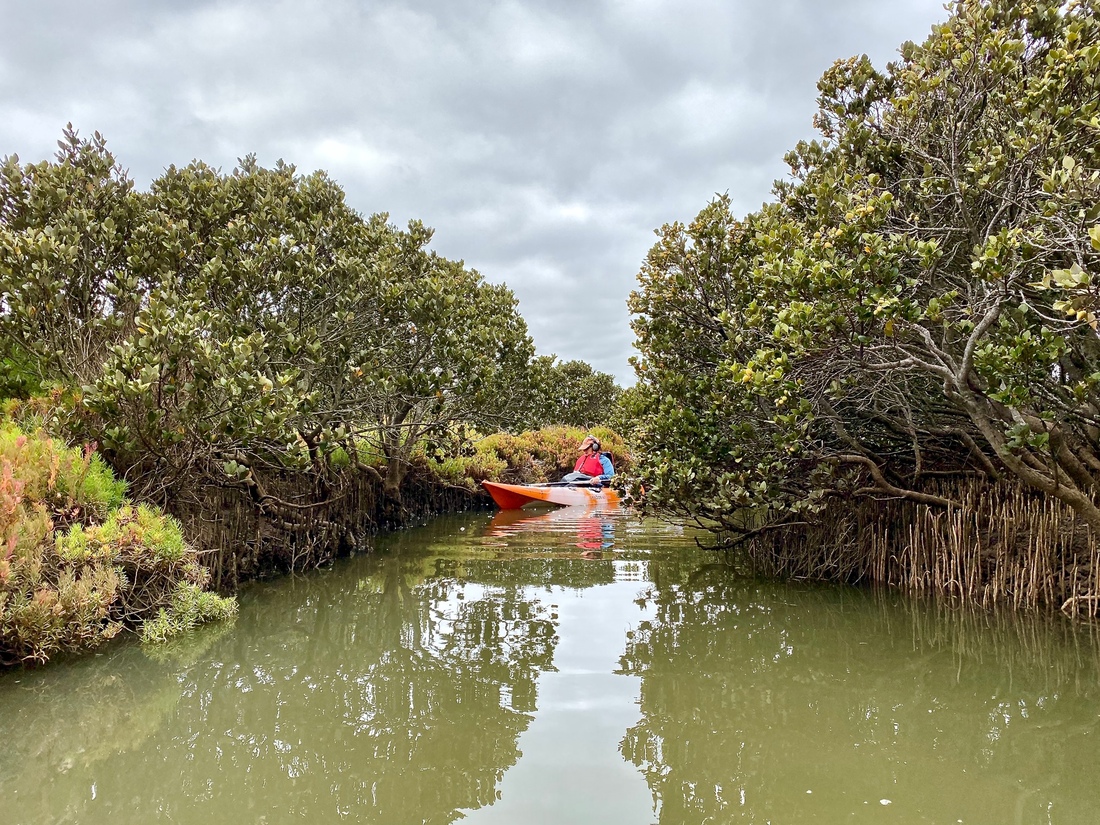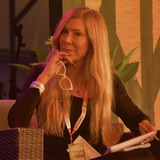A long-time performer in orchestras and chamber ensembles including the Geelong Symphony Orchestra and, since 2013, her own Sonus Ensemble, Hallet found her metier in exploratory interdisciplinary work: sound art, acoustic ecology and occasional pain-management meditations.
More recently she’s worked with field recordings of the endangered African forest elephant (Cornell University’s Elephant Listening Project) and for her 2017 Sonic Mmabolela residency at Mmabolela Reserve in the Limpopo Valley bushveld at the border of South Africa and Botswana, with hippos.
“Growing up, my happy place was in nature, exploring acoustic ecology,” says Hallett, who was raised in Castlemaine in regional Victoria and moved to Geelong in 1993.
“And this is what I returned to after years of questioning the point and purpose of my orchestral career. The clarinet grounded me” – her 2019 Coastal Cave Solo was delivered from within a hidden coastal cave – “and from there I have focused on creating using sound, and on tuning into place.”
Indeed, in the same way that, say, many oral folk traditions interact with environment – there are Indigenous Canadians whose lullabies mirror their immediate topography, and Native American elders taught to sing by using the outside edge of distant forests as musical staves – Hallett has performed works (2017’s Chromaticity) based on photographic outlines of mountains in regional Victoria.
“Sometimes it’s all about going into the field and experiencing the moment of the sounds that I’m pointing at. Other times I like to do long durational recordings because I wish to leave the space so it can just be. But I do have to sit in that space for a while first.”
Hallett did as much for Live At Mabolel Rock, a reflective live improvisation situated on a site overlooking the Limpopo River. The work was undertaken as part of the aforementioned Sonic Mmabolela residency – a two-week stint aimed in part at “the questioning of canonical conceptions of so-called ‘field recordings’.”
“On arrival we found a pod of hippopotami basking upstream,” remembers Hallett. “I sat quietly on the bank for an hour, just trying to become part of the environment. I didn’t want to just walk out onto the rock. By taking my time and letting the ecosystem accustom itself to my presence I felt quite at ease.”
“I played a call based on my transcriptions of hippo sounds, and one hippo moved in closer, snorting its responses. When I turned my back, responding rhapsodically to some birds, it snorted insistently to recapture my attention. The intensity was felt by the small audience on the bank, whose reactions I could hear; we were all a part of this special moment.”
Bandt smiles her encouragement. “Vicki’s really great at tuning into place,” she says. “It’s not every artist that can respond to pictures of a mountain or the spurt of water from a hippo at a certain time. There has to the kind of openness that First Nations people observed; like, you don’t get that kangaroo if you make a noise.
“We’ve had a fantastic collaboration. We both know that recording and collaborating means being mindful and attentive, and that this requires a huge amount of trust with the other when you are in place.”
“There’s nothing I would rather do,” she adds, “than go kayaking in the mangroves on the Barwon River Estuary with Vicki.”



